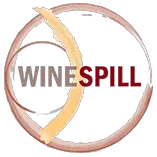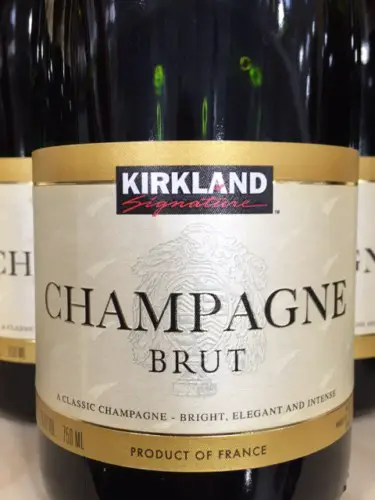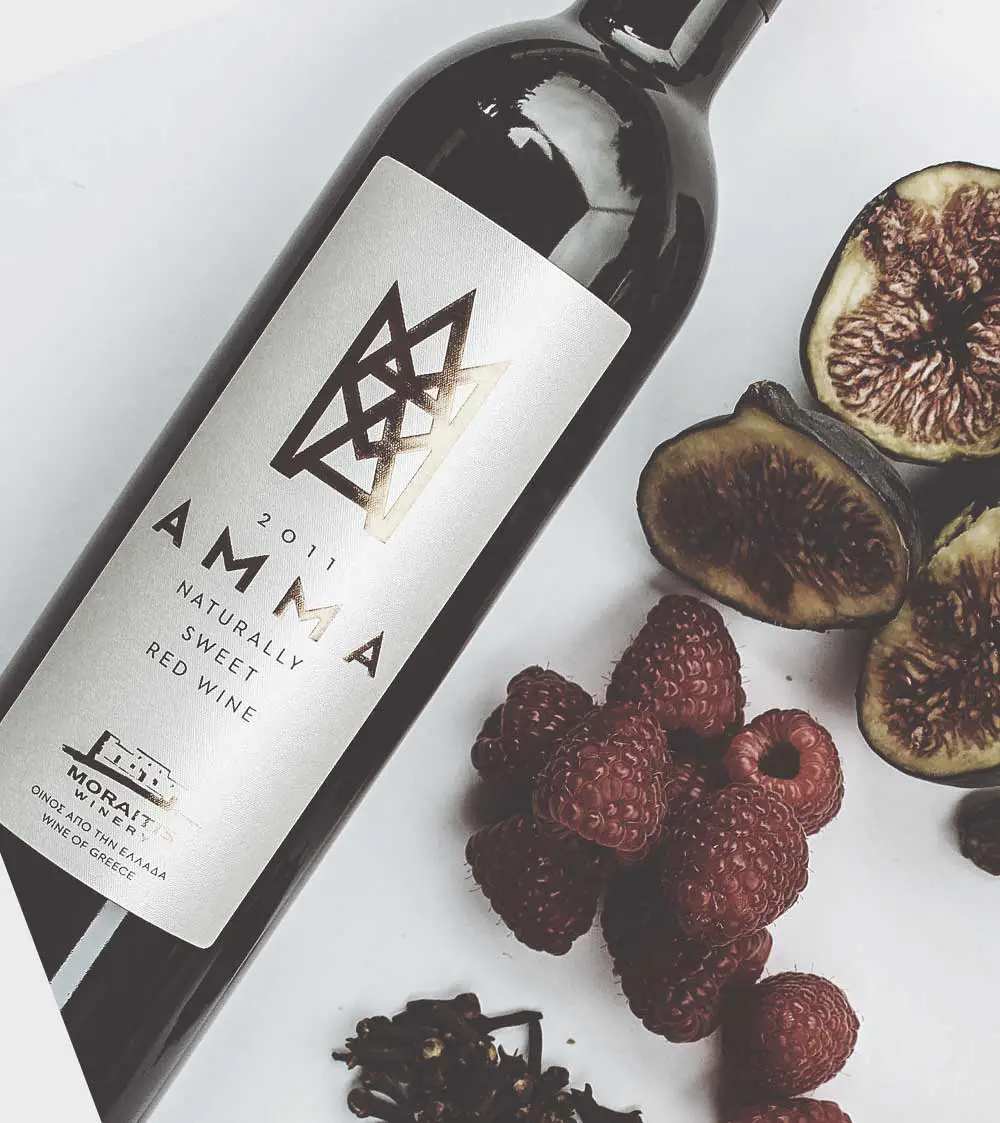
How much sugar is in a glass of wine? – My Winespill
A Short Answer to the Question of How much sugar is in a glass of wine
Wine doesn’t contain any sugar how you might think, like corn syrup or granulated sugar. It does, however, contain fruit sugar that is produced naturally. When the yeast is added in the wine-making process it eats the fruit sugar and produces alcohol. A dry wine is produced when the yeast eats all the sugar, but when the yeast is stopped before it eats all the sugars it leaves behind what they call residual sugar. The sweet wines then have less alcohol than dry wines. Sweet wines have around 9% alcohol like this Muscat Canelli. The amount of residual sugar per 5oz. glass of sweet wine ranges between 21-72 sugar calories per glass.
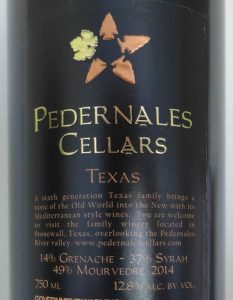
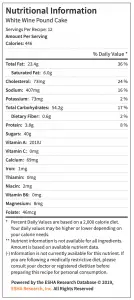
Why You Can’t find this information on a Bottle of Wine
In 1935, shortly after prohibition was repealed, Congress formed a new agency that would regulate alcoholic beverages. Booze got its own agency, it wasn’t regulated by the food and drug administration (FDA). Which meant that in 1990, when the FDA told food companies they needed to start labeling all of their packaged foods. Like the recipe I have for the white wine cake, all the ingredients are listed in full.That rule didn’t apply to alcohol. In the years since there has been a weird assortment of rules put into place for nutrition facts on alcohol.
Beer Must Contain Malt and Barley
For example, most beers are made out of malt and barley, but if you’re a beer company and you happen to make a beer that doesn’t have malt and barley, you would then have to put a label on it. The same goes for winemakers who make a vintage that happens to have less than 7% alcohol by volume, you would have to put a label on that too.
All Ingredients Listed or nothing
Most of the alcohol that we drink, labels are optional. They can list calorie counts if they want to, but if they do that then they also have to list Carbs, Protein and Total Fat, but they can also just leave it off completely.
This means that those of us who are trying to be conscious of ingredients and calorie intake are pretty much out of luck when it comes to alcoholic drinks.
Lobby against Nutrition Labels
Consumer groups have tried 6 different times to get the regulations changed to get labels added to alcoholic beverages. But, the beverage industry has some powerful lobbyists. One of the arguments they talk about is if they were required to put nutrition facts on alcohol it may mislead consumers into thinking that alcohol is nutritious.

Too Hard to Regulate Wine Vintages
Wine producers contested it would be way too hard to test every single vintage for things like calorie content or grams of sugar, especially when these things vary so much from year to year and wine to wine. In the end, the consumer groups lost the battle.
Law sides with the Alcohol Manufacturers
The regulators sided with manufacturers and made labels optional. This fact that alcoholic beverages don’t have nutrition labels on them does create consequences for people with strict diets. It causes problems for people who need to count calories and keep their sugar intake under a certain level. It definitely makes it easier to have the information readily available on the bottle rather than having to guess.
